Better Together: The Rise of Community Workspace and Housing
By Something CuratedCharles Armstrong, founder of The Trampery, shares his thoughts on the evolution of community workspaces and coliving.
Currently, there’s an explosion of interest in “coliving”, new kinds of housing development where residents share facilities like lounges and dining rooms alongside their private rooms. This follows a decade where the similar concept of “coworking” has become the norm for small and growing businesses. What underlies these trends and where are they heading?
Prior to the industrial revolution, there was little distinction between working spaces and living spaces. In the village economy, an extended family would typically live together in a building where they might also weave, house livestock or produce wine. Different members of the family would probably join together in the same work. There were no hard and fast boundaries.
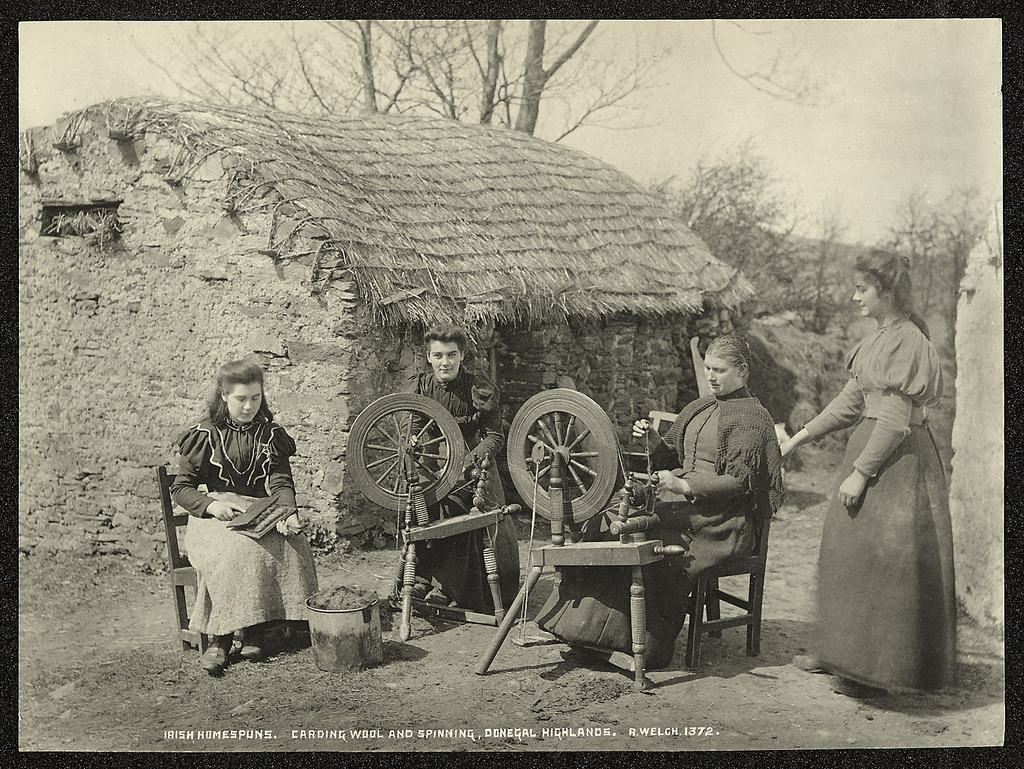
It was the advent of industrialisation in the early nineteenth century that introduced the mill as a radically new kind of physical space. Mills were explicitly buildings for work, not for living in (except perhaps for a caretaker). Mills were also structured differently from any previous spaces because they were designed to meet the needs of machines rather than humans.
In a mill, everything is regimented and organised in straight lines. People fit in around the machines, not the other way round. They represent an idea of hierarchy and authority where it is easy for one person to supervise several hundred workers. These changes weren’t restricted to manual labourers. Similar kinds of structure were adopted for the knowledge workers of the time with “clerking halls” filled with ranks of desks where people wrote in ledgers, supervised by an overseer.
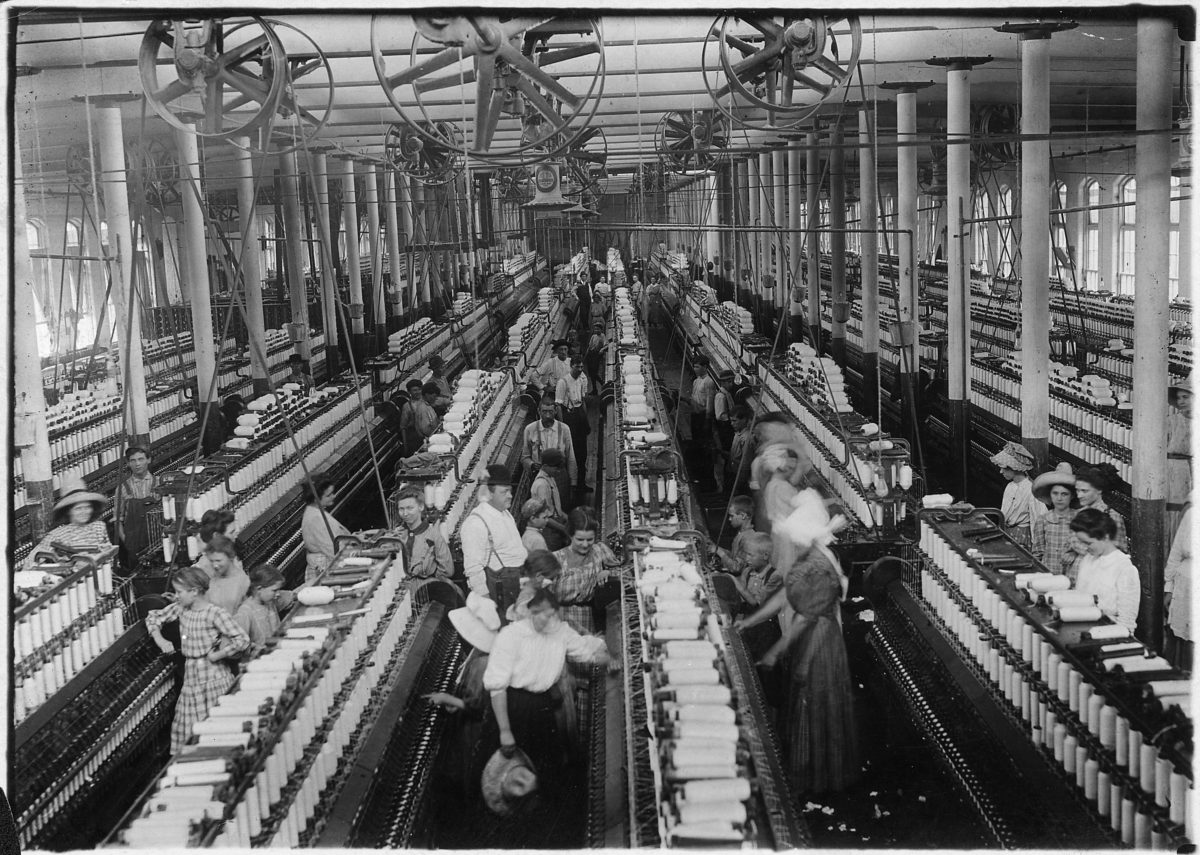
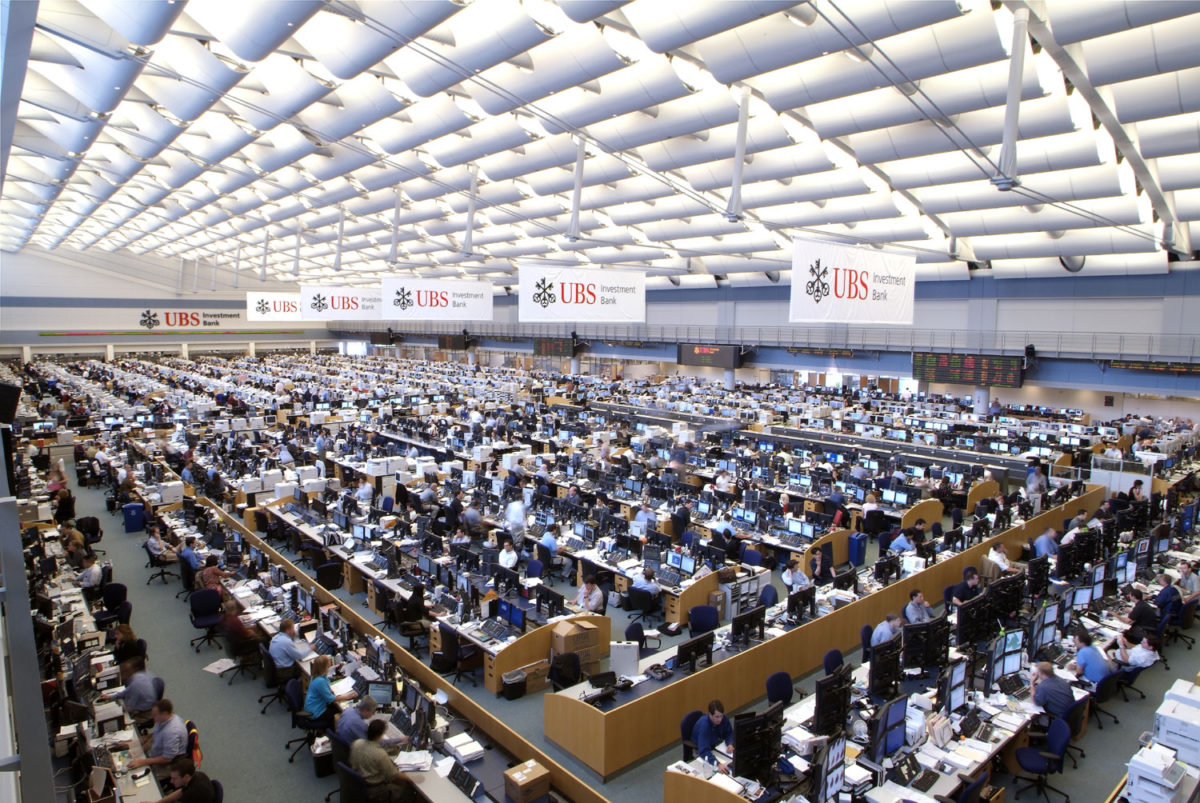
The industrial economy triggered an equally dramatic change in housing. To accommodate the huge population shift from countryside to towns row upon row of mass-produced terrace housing were constructed. Unlike the earlier cottages, there was no work happening in these houses, they were purely for eating and sleeping.
Initially, the fabric of the extended family survived this move to urban terraces. Until the 1950s it was typical for grandparents, aunts and cousins to live in the same streets. But the post-war “slum clearances” and estate developments tore this fabric apart separating nuclear family units into different locations.
These patterns established by the industrial revolution defined the built environment and lifestyle most people still experience today. By and large, we live in urban or sub-urban settings, mostly in terraces and apartment blocks, and commute each day to a different urban setting where we work in a building that’s dedicated to professional activities.
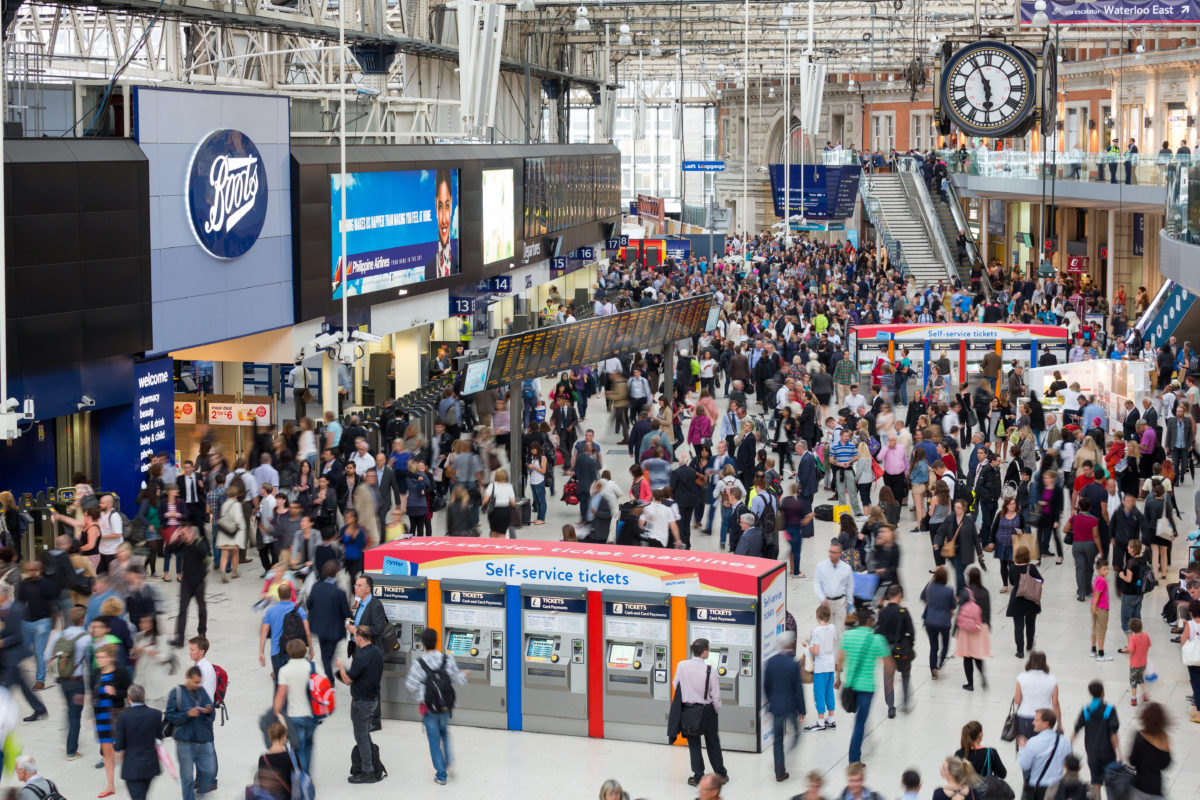
However, powerful forces have risen in the last twenty years which are starting to challenge this pattern of living. Since the 1990s advances in automation, telecoms and the internet have rewritten the industrial-era rules. Knowledge workers no longer need to be together in an office to be productive and collaborate with colleagues. Meanwhile, manufacturing can now be controlled by just a handful of people. In parallel with these trends, there is a growing rejection of the anonymous commuter lifestyle and a desire to live and work in communities once again.
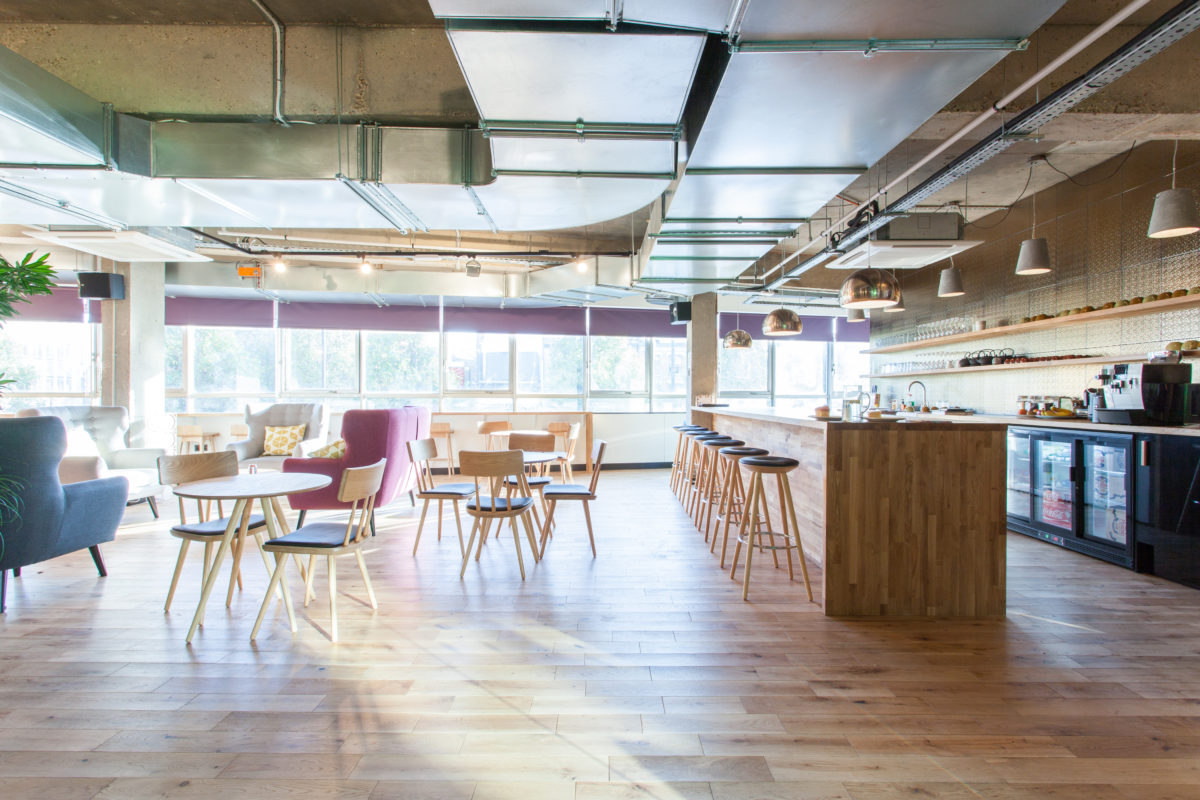
Since 2009 The Trampery has been one of London’s pioneers of coworking, developing seven community-focused facilities for creative businesses. Now we’re applying everything we’ve learned to provide coliving facilities too. In March we announced a partnership with Peabody to develop a six-acre canalside site by the Olympic Park to provide 580 homes and 50,000 square feet of workspace for creative entrepreneurs. The development, called Fish Island Village, is the UK’s first fully integrated living and working development. It’ll open in 2018.
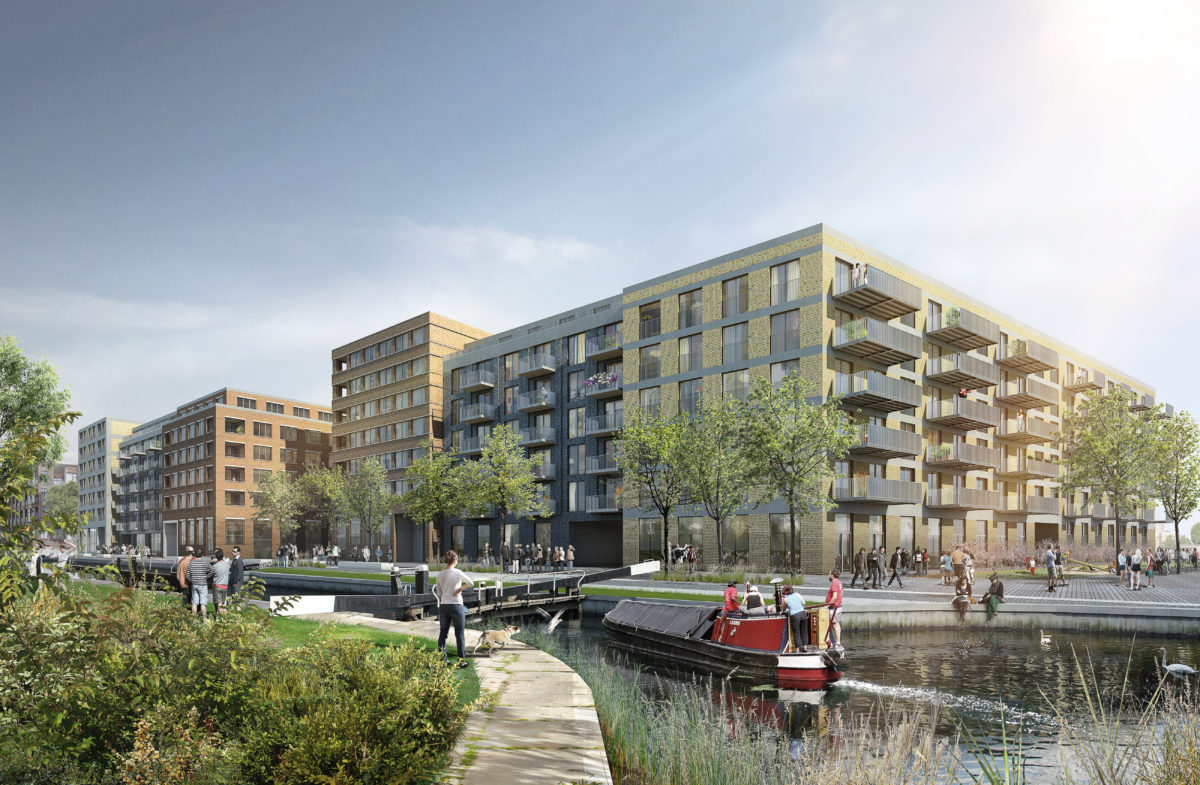
Coworking and coliving aren’t really novelties at all. The desire to live and work as part of a community is simply a return to what we’ve spent most of the last hundred thousand years doing.
Words by Charles Armstrong | @car0lus @thetrampery